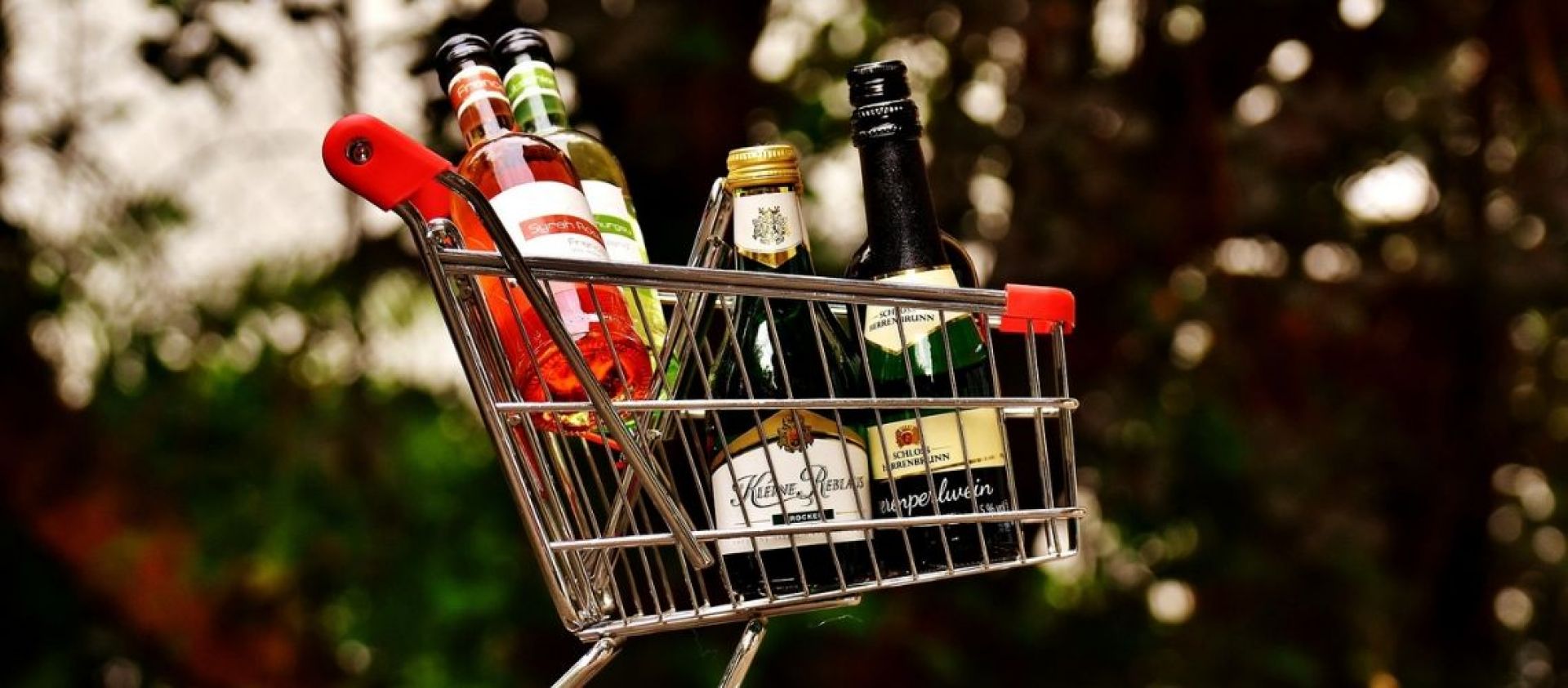
Insights
How to Market your Product to Retailers
The struggle of pitching your product to a retailer made easier.
Creating a product that is worth buying is the first challenge a drinks producer has to go through. The next worry; where is the product going? And how is it going to get there? Have you ever wondered how easy it would be if your bottles could grow legs, find their way onto store shelves and scream “buy me, buy me” to everyone who passes by? Unfortunately, that’s not the case, and it’s never going to be.
To get your product on a retailer’s shelf involves a lot of research, knowledge, persuasion, and you know, a little bit of charm never harmed anyone. With the right strategy, there’s no way your bottle won’t end up on store shelves.
Here are a few tips to hit a homerun and land your bottle on a retailer’s shelf.
Tell your story
One way to get the attention of buyers is to touch them with the story behind your product and brand. Human psychology is simpler than you think it is - people end up gravitating towards things that attract them the most.

A good story is something that a lot of buyers tend to pick up on. That is because, well they like the story of course, but also because consumers would be likely to grab a product that has an interesting story behind it. Stories grab the attention of both logical and emotional minds.
Know the retail stores for your product
Make sure you know the target audience of your product, and according to that, pick the retail store you want to pitch to. You can’t pitch a $300 bottle of wine to a buyer who buys for 7/11, or any convenience store for that matter. However, if you pitch a $12 bottle of wine to a convenience store, there are higher chances of them going for your product.
You should know what retail store fits best for your product. Once your product is in the category that the retailer’s audience, your chances of getting picked up are higher.
Start Small - Then expand
If you’re just starting out, it’s better to put your product out in smaller retail stores, than let’s say Walmart or Target. Once your product is spread across smaller retail stores, you then have a base to pitch to larger chains.
This way, when you go ahead and pitch your product to a larger retail store, you’ll have valid stats to give, based on sales and the likelihood of your product being picked from the shelf.
Make Trade Shows your best friend
Trade shows are a great opportunity to get your product in front of buyers. It’s a chance to get your product out in the open in front of a plethora of buyers all at once.
Trade shows are where buyers are in full force about finding products to fulfil their needs, and if you find a way to make your mark at trade shows with the right marketing tactics (such as a good booth presentation, quality products, tasting session, and other creative ideas to stand out); then your product will not take time to find its place on the shelf of a store.

Trade Show Tip:Make your booth interactive and engage with everyone to create a crowd. If you have little shots of your products for tasting, maybe with something to bite on while the tasting is on, you’ll attract a crowd. And you know what they say, crowd attracts crowd.
Don’t forget the power of Social Media
Social Media is one of the most effective ways to market your product. With everyone being on their phones most of the day, scrolling through instagram, facebook, and twitter -- what’s better than having your product display on their newsfeed?
Make sure you market your product directly to your consumers. Retailers pick up products that will sell off their shelves, and if your product turns out to be the buzz before it’s hit a certain retailer’s shelf, then you’re guaranteed to get a spot on their shelves.
Always give all the information
When pitching your product to a buyer, make sure you include all the information they would require. In fact, make a sell sheet to present, to show them your credibility.
Here’s a sell sheet checklist you can follow:
-
Wholesale & Retail Pricing
-
Discount Options
-
Benefits of your product
-
High resolution pictures of your product
-
Testimonials from retailers where your product is already present
-
Reviews and sales statistics from actual consumers
-
Contact details (Website, direct contact, ordering contact)
Getting your product on a retailer’s shelf is a task that almost everyone finds dreadful, but marketing strategically will definitely get your product that spot you’re aiming for.
Other related articles that might interest you
Become a USATT exhibitor and grow your distribution in the USA. Meet importers, distributors, retailers and press. Get exhibitor information here.


